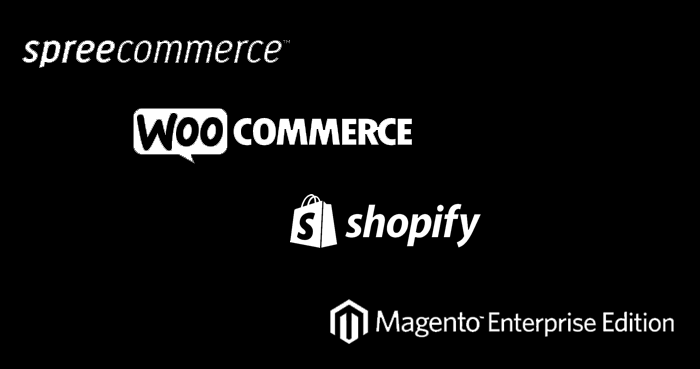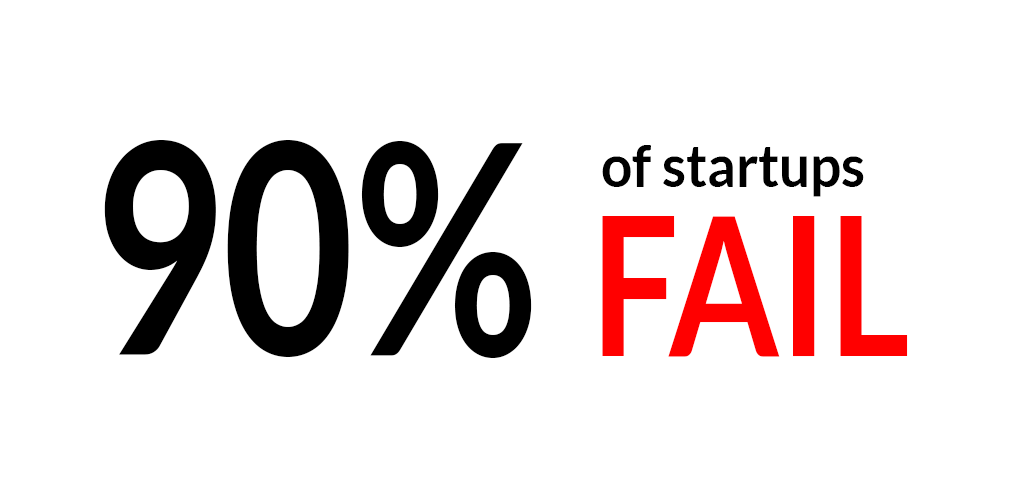The 4 Most Important Decisions to Make Before Starting Your Online Store
It wasn’t too long ago that launching an ecommerce business took a year or longer to build and millions of dollars in funding. Man, times have changed.
Many people know that the time is right to get into online retail, and that it’s easier now versus 10 years ago.
As the founder of a previous ecommerce startup, let me outline a few of the most important questions you’ll have to answer in the process of creating, strategizing, and launching your store.
Decide on your target market
One of the most important steps in business development is defining your target market. Refining this definition as much as possible will then trickle down into other important initiatives, like outlining marketing channels and establishing a clear brand message. You know your product. Decide who you are going to sell it to. By clearly outlining your “ideal customer”, you will identify practical channels for customer acquisition.

With my previous startup, we wrote out “customer profiles” to help hone in on who exactly we were selling our high-end travel packages to. Meet Steve, our ideal customer:
“Steve is a 27 year old, young professional who is considers himself an ‘adventure traveler’. He makes over $50,000 a year, and takes at least one vacation per year. He typically travels with 1 or 2 good friends, but will also go solo. When asked to choose his top destinations, his answers include places such as Peru, Costa Rica and Argentina (not Florida, Disneyland, or New York City). Steve hates traveling with “tour groups”, and prides himself on discovering hidden gems. While he would love to travel for weeks at a time, Steve typically can only travel for 10 days or less.”
When it came time to outreach to different PR platforms, we knew Steve wouldn’t dare pick up a mainstream travel magazine. Therefore, we focused on more low-key, quality publications like Outside Magazine. This imaginary customer helped us determine what our best marketing outlets were.
Decide what your customer acquisition strategy will be
After establishing a firm customer profile, you’re ready for the fun part: bringing in the “Steves”, or your first customers. Deciding on your customer acquisition strategy is key before launching. In my strategy, I made two clear decisions for customer acquisition:
1. Find a viral element within my business
I decided that my product would have more tendency to be viral if I utilized social sharing as an incentive. Limited access to our travel packages was granted only to users who shared the site and had two connections successfully sign up. Additionally, users could receive further discounts on packages if 5, 10, or 15 of their friends signed up. The result: the value perception of our travel packages increased.

The viral element I identified was social proof. This particular social strategy may not apply to your ecommerce business, but it’s worth analyzing the different aspects of your product(s) to see what could become viral. Can you leverage Instagram and grow quickly? (Here’s a few tips from Neil Patel on hacking that platform.) Can you utilize a founder’s Twitter account to create a buzz-worthy, private broadcast on Periscope and stream only to a selected group of followers?
Surround yourself with others who can help you brainstorm. Not being too socially-active myself, I chose to brainstorm with avid social media users and fellow travelers to refine the viral element I chose to pursue for early traffic generation.
2. Aim high for PR and leverage that platform

There’s been a lot of discussion recently over the ease of giving tech media platforms content for their articles. The recent Ship Your Enemies Glitter event was proof of how a good pitch can get you into big name publications. In this specific case, the founder of the company said a lot of his PR success was due to publications’ laziness and lack of source-checking.
Though I didn’t dupe any outlets into believing an embellished pitch, I carefully crafted my pitch emails to make the writer understand how writing about my ecommerce company would be valuable for their readership. You can read about my strategy in pitching my unknown company to a PR firm in this previous post.
Some takeaway points from my own strategy are:
- Target the right publications (remember your customer profile!)
- Research and nurture relationships with writers / editors
- Be brief
- Craft your pitch to show value to that publication’s audience
- Think of a way to leverage this platform – offer something exclusive to readers
Just as it’s easier to launch your own online store today, so is getting a bit of publicity. The people in charge of content are easier to reach and are much more open to receiving outside content – they want to hear from you! It’s your responsibility to show them why you’re company is worth hearing about.
Pick an ecommerce platform
Last but not least, the most important decision of this whole process: what platform should you use? Your storefront is the crux of your user experience, business operations, and overall sales. This is one decision you CAN’T screw up.

There are many options to choose from, varying in levels of technical skill needed and customization. But don’t get overwhelmed. When looking at your platform options, here are a few questions to help you narrow down your choices:
- How complex is my business model? Do we require large customizations to a platform, or will an “out of the box” solution cover our needs?
- What technical and design resources do I have that I can use to customize my site?
- Do I have an internal team complete the work, or do I have the funding to hire an expert firm?
- Will it work with my budget?
- Will scaling the platform be expensive due to its complexity?
- What happens if I need to customize a feature?
- Can I find available programmers for this platform easily and affordably?
After answering these questions, I urge you to take a step back and try to see the “Minimum Viable Product”.
Simplify, simplify, simplify.
Don’t aim too high with your first product launch. There is always room to iterate and become more complex in functionality post-launch.
Related: Open Source or Full Service Platform: Which Is Right For Your Ecommerce Business?
Decide if you’re all in

Before you launch your new, bright and shiny online store, make a conscious decision to give it your all. It takes a lot of hard work to define a business strategy, set up a marketing plan, and generate traffic. But keeping up the momentum can be the most difficult part.
90% of startups fail. There are many, many reasons for startup failure, but it would be better to fail knowing you’ve given your all versus becoming part of that 90% based on a half-assed effort.
Like What You Read?
For more ecommerce business tips, sign up for our newsletter and follow @bluestout on Twitter.






